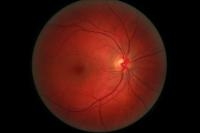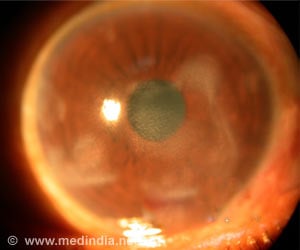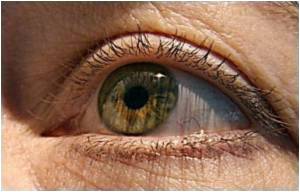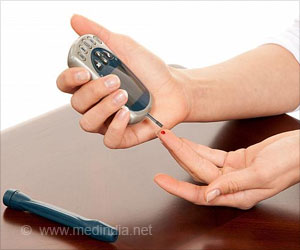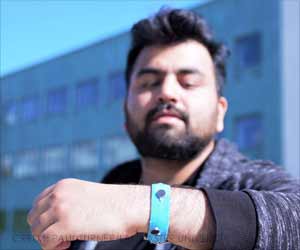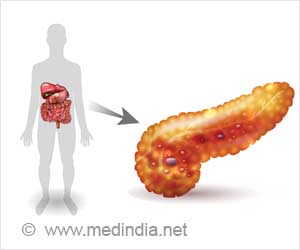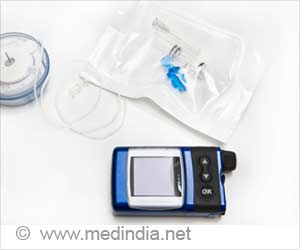Lowering blood glucose can reduce progression of retinal disease relatively late in the course of type 2 diabetes and that even short-term changes in glucose have an effect.
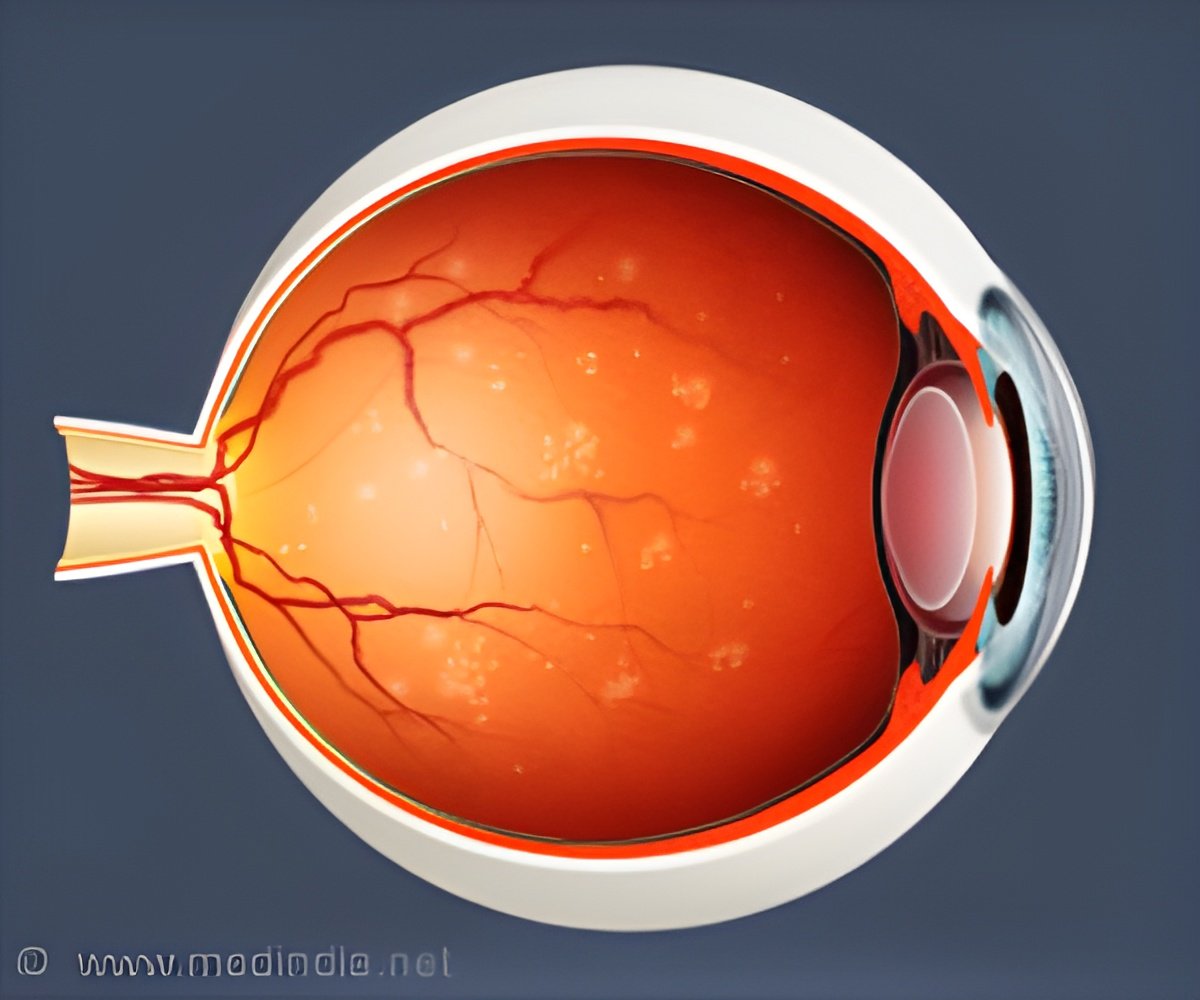
‘Controlling blood glucose level reduced retinopathy progression by about one-third in type 2 diabetics.’





"This study sends a powerful message to people with type 2 diabetes who worry about losing vision," said Emily Chew, M.D., deputy director of the NEI Division of Epidemiology and Clinical Applications and lead author of the study report, published online today in Diabetes Care. "Well-controlled glycemia, or blood sugar level, has a positive, measurable, and lasting effect on eye health." A complication of diabetes, diabetic retinopathy can damage tiny blood vessels in the retina -- the light-sensitive tissue in the back of the eye. ACCORDION is a follow-up assessment of diabetic retinopathy progression in 1,310 people who participated in ACCORD, which tested three treatment strategies to reduce the risk of cardiovascular disease among people with longstanding type 2 diabetes. ACCORD tested maintaining near-normal blood sugar levels (intensive glycemic control); improving blood lipid levels, such as lowering LDL "bad" cholesterol and triglycerides and raising HDL "good" cholesterol; and lowering blood pressure.
The treatment phase of the glycemic control portion of ACCORD had been planned to last 5.6 years but was stopped at 3.5 years due to an increase in death among participants in the intensive glycemic control group. The blood pressure and blood lipid portions of ACCORD continued. Tight control successfully reduced glycemia to an average 6.4-percent A1C--a measure of average blood glucose--compared to 7.7 percent among participants on standard glycemic control therapy.
Although it failed to reduce cardiovascular disease risk, such as heart attack and stroke, the researchers found that the therapy had cut retinopathy progression by about one-third by the end of ACCORD. Investigators considered progression to have occurred if a participant required laser surgery for diabetic retinopathy, required a vitrectomy--a procedure used to remove the gel-like fluid of the eye--or advanced three or more steps on the Early Treatment Diabetic Retinopathy Study (ETDRS) Severity Scale. The ETDRS Severity Scale uses photographs of the retina to rate disease severity from 1 (no disease) to 17 (high-risk for progression in both eyes).
ACCORDION re-assessed diabetic retinopathy about four years after the intensive glycemic control portion of the study had ended--eight years after enrollment in ACCORD. By then, average A1C was nearly the same: 7.8 percent for the intensive therapy group and 7.9 percent for the standard therapy group. However, diabetic retinopathy had advanced in only 5.8 percent of participants in the intensive therapy group since enrollment in ACCORD, compared to 12.7 percent in the standard therapy group.
Advertisement
Other clinical trials have reported the phenomenon, also known as the legacy effect. Participants with type 1 diabetes who received intensive glycemic therapy in the 10-year-long Diabetes Control and Complications Trial on average had 50-percent less progression of diabetic retinopathy three decades later. A similar trend was seen in the United Kingdom Prospective Diabetes Project, a study of people with newly diagnosed type 2 diabetes.
Advertisement
Results also point to a possible role for ongoing use of fenofibrate to treat diabetic retinopathy, if taken regularly. The blood lipid and blood pressure portions of ACCORD concluded at 5.6 years. Neither strategies reduced cardiovascular disease. However, fenofibrate, a drug that raises HDL cholesterol, decreased diabetic retinopathy progression by about one-third during ACCORD. ACCORDION investigators found fenofibrate had no lasting benefit 3 years after the drug was discontinued.
But based on ACCORD findings, fenofibrate might be worth taking to control diabetic retinopathy progression. Other countries, including Australia, have approved fenofibrate for treating diabetic retinopathy but not the U.S., said Chew. The NEI-funded Diabetic Retinopathy Clinical Research Network is currently planning a clinical trial to further explore ongoing use of fenofibrate to control diabetic retinopathy.
Source-Eurekalert

